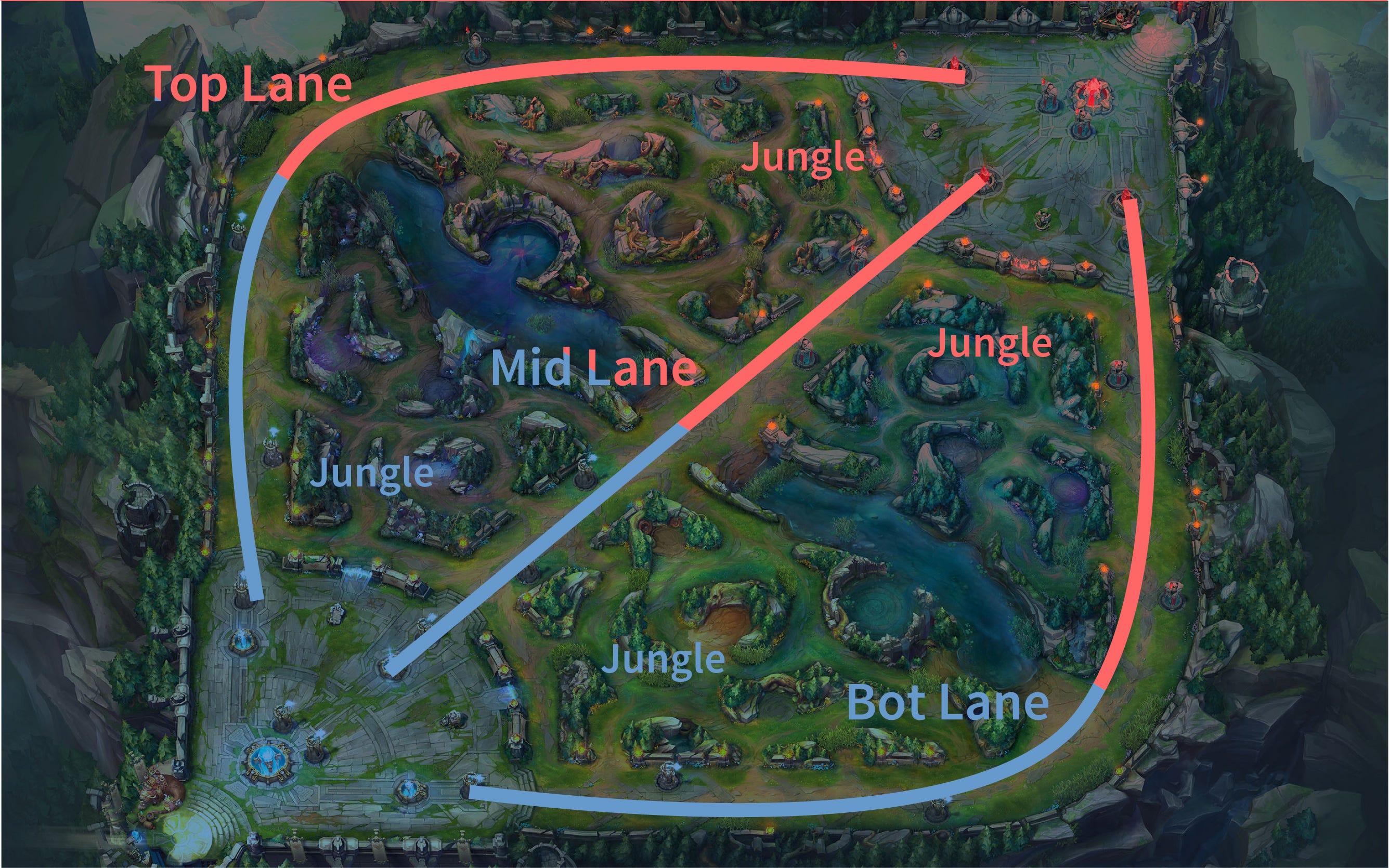League One Map 24/25: This comprehensive analysis delves into the geographical distribution of English League One teams for the 2024-25 season. We examine team locations, stadium capacities, match fixture scheduling, and the potential impact of travel distances on team performance and fan accessibility. This detailed look at the league’s geography promises insights into competitive advantages, logistical challenges, and the overall fan experience.
The study incorporates a detailed map illustrating inter-team distances, highlighting geographical clusters and analyzing the disparities between northern and southern clubs. Furthermore, we explore the potential influence of travel on team fatigue, costs, and home-field advantage, ultimately contributing to a richer understanding of the league’s competitive dynamics.
League One 2024/25: A Geographic Analysis: League One Map 24/25
The 2024/25 League One season promises exciting football, but a deeper look reveals the significant impact of geography on the league’s dynamics. This analysis explores the geographical distribution of teams, match fixtures, travel distances, and the potential influence of location on team performance and fan experience.
League One Teams & Geographic Locations, League one map 24/25
The following table details the teams, their locations, stadiums, and geographic coordinates for the 2024/25 League One season. Note that this information is based on currently available data and may be subject to change.
| Team Name | City | Stadium Name | Geographic Coordinates (Approximate) |
|---|---|---|---|
| Accrington Stanley | Accrington | Crown Ground | 53.76° N, 2.43° W |
| Barnsley | Barnsley | Oakwell | 53.60° N, 1.47° W |
| [Team Name] | [City] | [Stadium Name] | [Coordinates] |
A complete alphabetical list of all League One teams for the 2024/25 season, along with stadium addresses and capacities, would be included here. This information requires up-to-date data from official League One sources.
Match Fixtures and Venue Distribution
Analyzing the distribution of League One matches across different venues in the first half of the 2024/25 season provides insights into stadium usage and potential logistical challenges. The following is a sample illustration, using a list to represent the match distribution. Actual data would require access to the full fixture list.
- August: Matches spread across various stadiums, with some venues hosting more games than others due to scheduling and team proximity.
- September: Similar distribution pattern, with potential concentration in certain geographic areas due to local derbies or fixture scheduling.
- October: Potential for uneven distribution, depending on weather conditions and other logistical factors influencing scheduling.
A detailed breakdown of the number of matches each stadium will host in the 2024/25 season, along with any significant venue changes or new stadiums, would be included here. This information would require access to the official League One fixture list and stadium information.
Travel Distances Between League One Teams

A map visualizing the distances between all League One teams would be highly beneficial. This map would use a color-coded system, perhaps with gradients from light green (shortest distances) to dark red (longest distances), to represent the travel time or distance between each pair of teams. Team locations would be marked with clearly identifiable symbols, potentially using team logos or colors for enhanced clarity.
Learn about more about the process of 7 shirt manchester united in the field.
Teams clustered geographically could be highlighted, allowing for a quick visual identification of regional concentrations.
Northern teams would generally face longer travel distances compared to their southern counterparts due to the geographical spread of the league. This disparity would be clearly evident on the map and supported by a detailed analysis of average travel distances for each regional cluster.
Potential Impact of Geographic Location on League Performance

The considerable travel distances involved in League One can significantly impact team performance. Factors such as player fatigue from extensive travel, and increased travel costs for teams, can affect their overall competitiveness. Teams based closer together might experience a slight home advantage due to reduced travel strain compared to their opponents.
Geographical factors also influence team scheduling. Scheduling authorities would likely try to minimize travel burden by clustering geographically proximate teams’ fixtures. This could create imbalances in fixture difficulty, potentially affecting the overall competitiveness of the league. For instance, a team consistently facing long-distance travel in the early season might be at a disadvantage compared to teams with more favorable scheduling.
Fan Travel and Accessibility

The geographical distribution of League One teams presents both challenges and opportunities for fan attendance. Key considerations for fan travel include:
- Accessibility of stadiums by public transport.
- Availability and cost of parking near stadiums.
- Travel time and cost from major population centers.
- Accessibility for fans with disabilities.
Teams located in areas with good public transport links and ample parking are likely to attract higher attendance. Conversely, teams located in less accessible areas may struggle to attract large away followings, impacting their matchday revenue and atmosphere. The cost of travel for supporters can be a significant barrier to attendance, especially for fans traveling long distances. This factor disproportionately affects supporters of teams in more remote locations.
The 2024-25 League One season promises a fascinating interplay between geography and competition. Our analysis of travel distances, stadium locations, and fixture scheduling reveals potential advantages for certain teams and significant challenges for others. Understanding these geographical factors provides a crucial context for analyzing league performance and fan engagement, enriching the overall understanding of English League One football.
